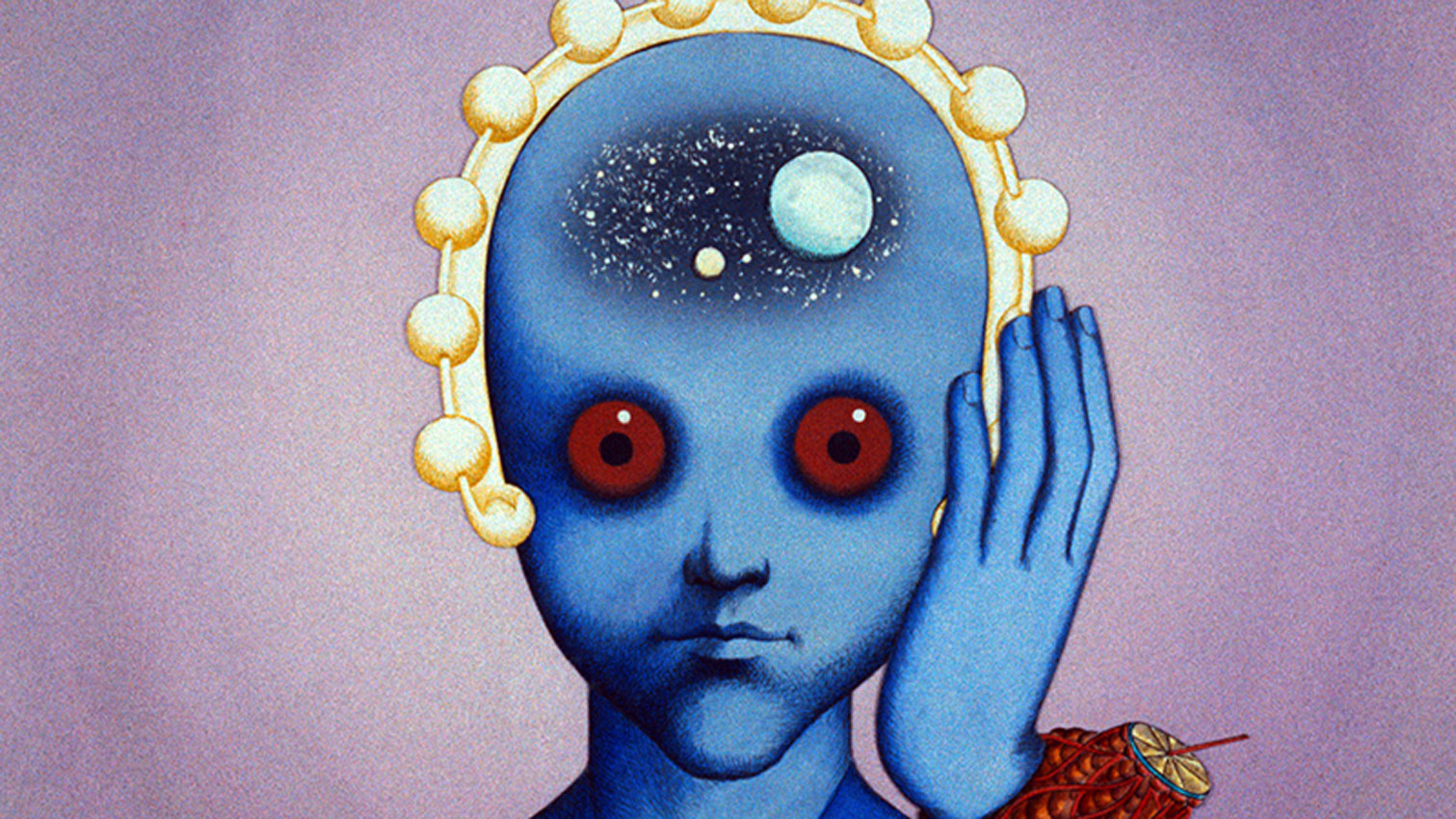Anyone thinking of experiencing any psychoactive substance should research the many different types, effects and risks, before proceeding. Those with mental health conditions should seek professional help before microdosing.
This year has been a massive suck on our energy levels. Not only has lockdown caused feelings of extreme lethargy, some experts are now suggesting that 2020 will lead to a huge spike in cases of generalised anxiety disorders and depression. As localised measures to control the coronavirus pandemic are changing, and many furloughed employees are resuming work, it’s difficult to get back to regular routines as though nothing has happened. Low energy, loss of motivation and a slump in creativity are making it hard for some people to return to normality. Many of these people are turning to microdosing LSD or psilocybin — both classified as illegal in many countries — to help.
When I first began microdosing a couple of months back, it was the promise of “flow states” that made me want to try it. Lockdown had started to wear on me, like lots of people, and I was finding creative thinking increasingly difficult. After around two weeks of taking 0.5g of magic truffles every three days, I started to notice a significant change. I definitely experienced more states of creative flow and found I was able to enter that mindset far more easily and concentrate on creative work for far longer than before.
According to a study conducted at the Leiden University in The Netherlands, microdosing can indeed help improve creative thinking by assisting ‘out-of-the-box alternative solutions to a problem’ as well as ‘an improvement in convergent thinking’. Preliminary studies are also looking into how microdosing, both with psychedelics and with non-psychedelic drugs including MDMA, may be used to treat serious mental health issues, including depression, trauma and PTSD. This research is promising, but always involves a combined approach with patients microdosing alongside professional psychological support.
The Third Wave is an online platform dedicated to educating people in the safe use of psychedelics. According to their extremely comprehensive guide to microdosing, the practice can drastically increase the users experience of flow states. A state that they describe as “energised focus, presence, and total enjoyment in the process of an activity. This can be the surfer effortlessly riding a big wave, the salesperson elegantly working the room, or the writer who looks up from the page to realise night has fallen”. Microdosing’s fabled ability to bring about these seemingly transcendent flow states is what attracted early adopters, including Steve Jobs and Bill Gates. The practice has since become popular outside of Silicon Valley, spreading to less high-octane workplaces and with some advocates even suggesting the practice could, and should, become mainstream.
Getting your dose right is vital, but information online varies wildly. One supplier recommends a 1g-2g dose of magic truffles, while other articles describe that amount as closer to a ‘party dose’ and instead suggest taking extremely small quantities — around 0.1g for psilocybin (magic mushrooms and truffles) and around 10ug – 20ug for a microdose of LSD. The optimum dosage will be different for everyone, with the only route to finding your sweet spot likely through very careful trial and error.
This means microdosing shouldn’t be seen as a quick fix. Paul Austin, founder of The Third Wave, teaches microdosing via online courses and virtual one-to-one sessions. His microdosing course spans six weeks, split into three phases and includes guided meditation and group support. “What works for one person might not work so well for another,” Paul explains, “but generally, meditation, journaling and time in nature are obligatory for everyone.”
Laura Eisman is the co-founder of Her Highness, a luxury cannabis brand for women. Although a connoisseur of cannabis products, she was relatively new to microdosing when she started during lockdown. She spent about a week getting her dose correct, finally settling on 0.3g of dried and powdered magic mushrooms. “It’s important to approach it with the right intention,” she explains. “I think it can be a great tool for checking in with yourself, a way to encourage that kind of self-awareness and presence.” Paul points out that psychedelics work very differently to other kinds of drugs and that a level of self-acceptance is important to the practice. “Really, psychedelics just unlock, or amplify, what is already there,” he says. Although it’s not essential to be familiar with psychedelics before trying microdosing, Paul explains that it can make it easier to figure out your dosage. “A person who knows what a large dose of these drugs feels like will be able to recognise that feeling, so they’ll know more easily if they’re taking too much.” Although online coaches can help guide the journey, the effects of what is ultimately a very nuanced practise will vary from person to person, and it’s important to remember that microdosing is far from a fix-all. Checking in with yourself regularly can be difficult, especially with the added stress of living through a global pandemic, but keeping a tab on your feelings is vital — whether you’re microdosing or not. 2020 has thrown our old routines out the window, scrapping long-held habits and forcing many of us into self-analysis as a result. For some, this has pushed us to try new things and reassess our priorities in a positive way. Microdosing, for those who find it useful, could be seen as a tool to hold onto these new intentions and insights, as the world begins to return to a new kind of normal.


